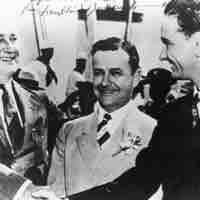Chapter 22
The New Deal: 1933–1940
By Boundless
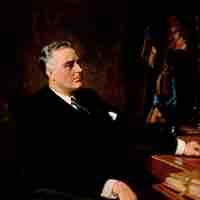
Franklin Delano Roosevelt's major legacies include the social policies of the New Deal, making the United States one of the leaders of the Allies during World War II, and redefining the role of the executive power.

The Great Depression and thus the economy was the dominant issue during the presidential election of 1932 between Franklin Delano Roosevelt and incumbent Herbert Hoover.
While Hoover's response to the Great Depression was initially too narrow and more decisive actions came too late, Roosevelt's New Deal drew on some of Hoover's ideas but proposed a series of sweeping reforms and programs.
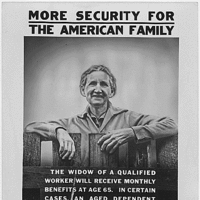
The New Deal was a series of economic programs and reforms designed to combat the consequences of the Great Depression in the United States.
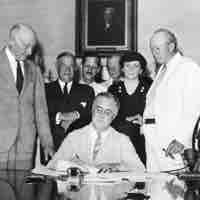
The New Deal Coalition consisted of interest groups and voting blocs that supported Franklin Delano Roosevelt's New Deal policies.
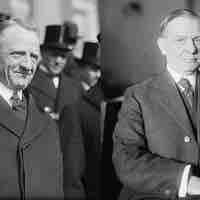
One of the first initiatives of the Roosevelt administration was to reform the monetary system and failed banks.
Roosevelt's New Deal agenda included an unprecedented effort to provide reform, recovery, and relief programs in rural areas.
The National Recovery Administration (NRA), which was one of the outcomes of the National Industrial Recovery Act (NIRA), was the main New Deal agency focused on industrial recovery.
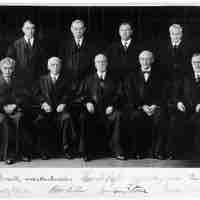
The New Deal faced growing opposition from conservatives in both political parties and attracted criticism among business leaders.
Many business leaders and conservative politicians expressed strong opposition to the New Deal's programs and reforms that aimed at industrial recovery.
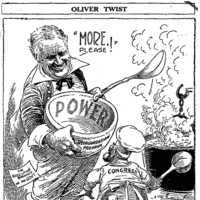
Roosevelt's New Deal attracted criticism from all sides of the political scene and was challenged by a number of popular movements that gained substantial support.

FDR's New Deal established a number of influential welfare programs, the first of their kind in the United States.
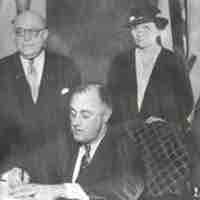
The New Deal succeeded in introducing a number of laws that empowered labor.
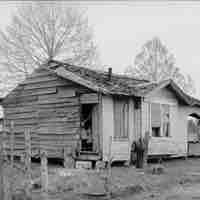
The New Deal embraced the existing racial and gender inequalities and offered limited opportunities to African Americans and women.
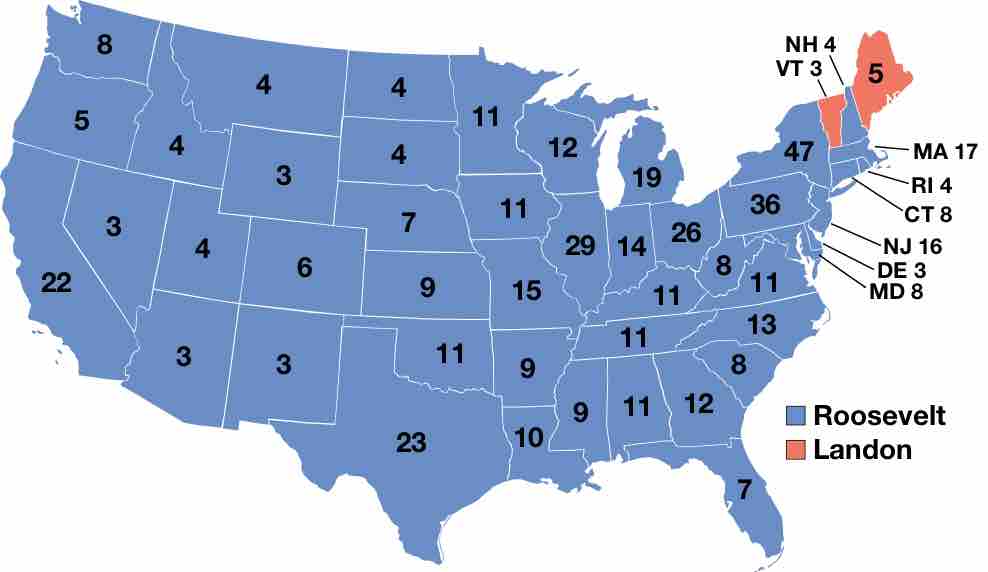
The presidential election of 1936 was the most lopsided U.S. presidential election in terms of electoral votes and the second biggest victory in terms of the popular vote.
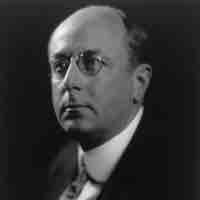
The Judicial Procedures Reform Bill of 1937, commonly referred to as "the court-packing plan," was proposed by FDR to gain political control over the US Supreme Court.
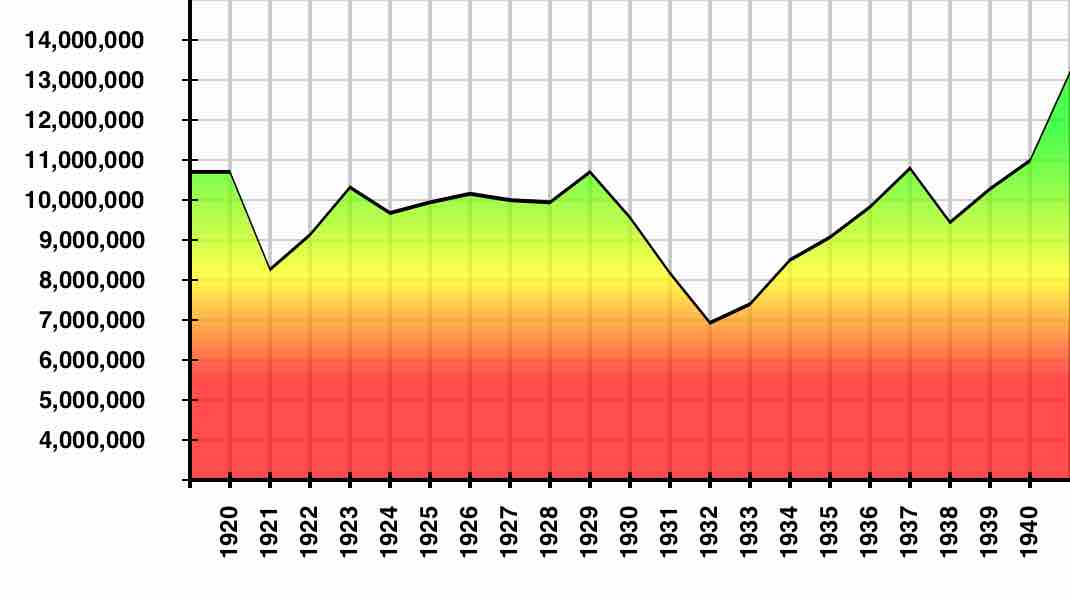
The Recession of 1937–1938 was an economic downturn that occurred during the Great Depression.
The New Deal and the economic growth during World War II greatly empowered American labor unions, which resulted in the dramatic increase of union membership.
During the final stage of the New Deal, the Roosevelt administration introduced far fewer initiatives than during FDR's first term but still passed some influential legislative initiatives.

Eleanor Roosevelt redefined the role of the First Lady of the United States and remained politically active after her tenure in the White House.
Despite the Great Depression, culture in the 1930s, both commercial and funded by New Deal programs as part of the relief effort, flourished.
The 1930s witnessed development of mass cultural trends fueled by contemporary technological advances, including radio and sound film.

